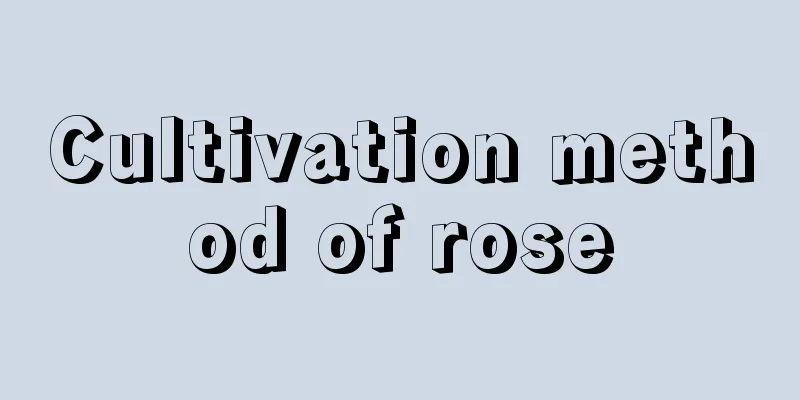What kind of soil is used for peacock balls

1. What soil to usePeacock balls are not very demanding on soil quality. The main thing is to ensure good drainage and that the soil is loose and nutritious. Sandy loam is better, as it can promote timely drainage of water and prevent water from accumulating and causing root rot. Peat soil can be used as the main soil, and coarse sand, vermiculite, perlite, etc. can be added. In order to ensure nutrition, a certain amount of wood ash can also be added to achieve the purpose of providing nutrition. You can also mix leaf mold, coarse sand and garden soil in a ratio of 2:3:1. The resulting mixture is also very suitable, combining nutrition and breathability. Or you can simply mix garden soil with vermiculite and perlite, the effect is also very good. 2. Precautions1. After about 1-2 years of cultivation, the nutrients in the soil may be exhausted and it will be impossible to absorb nutrients from it to supply growth. Therefore, you can choose to repot in spring and prepare new soil for cultivating peacock balls to provide continuous nutrient support. 2. If left unattended for a long period of time during growth, the loam may become compacted, which will restrict the growth of roots, so loosen the soil in time to ensure the loosening effect. |
<<: Peacock ball leaf cutting method
>>: How does the peacock ball spend the summer
Recommend
What should I do if my newly bought potted rose wilts?
1. Treatment methods Generally speaking, if a new...
My cousin uses old furniture to grow flowers, and everyone who sees it wants to move it home!
An old chair that has not been used for many year...
How to grow ferns in summer
Humidity Control We know that ferns like moisture...
When is the best time to sow Platycodon grandiflorum?
Platycodon grandiflorum sowing time Platycodon is...
How to grow roses in small pots
1. Lighting If you want the small potted rose to ...
How to propagate daffodils
Propagation of daffodils by dividing bulbs The bu...
What flowers are suitable for growing in Wuhai? What are the city flowers and trees?
1. Climate characteristics of Wuhai Wuhai has a t...
How to grow geranium in winter
Temperature control and light preservation Gerani...
Cultivation methods and precautions of purple cicada flower
1. Maintenance methods 1. Soil: Purple cicada flo...
Which aloe vera can be applied directly to the face
Which one can be applied directly to the face Alo...
How to care for holly bonsai
1. Soil It likes fertile, well-drained slightly a...
Steps for planting lotus in artificial ponds
The lotus is a beautiful and graceful aquatic pla...
How many times a year does the scented lily bloom? What is the meaning of the scented lily?
1. How many times a year does the scented lily bl...
How to grow tiger skin plant in autumn
1. Apply nutrients The growth of plants cannot be...
Disease control of pearl bush
Leaf spot disease When leaf spot disease occurs, ...









